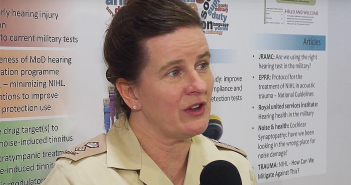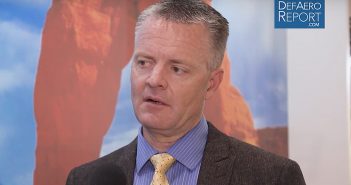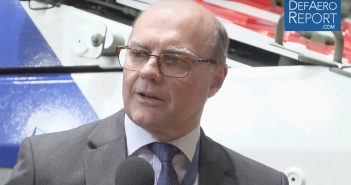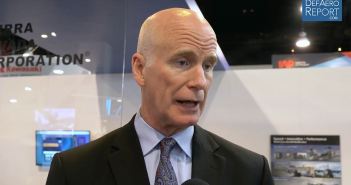
Sierra Nevada’s Gilbert on Work with Afghan Air Force, USAF OA-X Program
Brig. Gen. Taco Gilbert, USAF Ret., vice president for integrated tactical solutions at Sierra Nevada Corporation, shares an update on its joint program with Embraer to provide A-29 Super Tucano light attack aircraft to the Afghan Air Force, discusses the US Air Force’s OA-X light attack aircraft program and more during Part 1 of a September 2017 interview with the Defense & Aerospace Report at the Air Force Association’s 2017 Air, Space & Cyber conference and trade show near Washington. The Defense & Aerospace Report’s coverage is sponsored by L3 Technologies and Leonardo DRS.

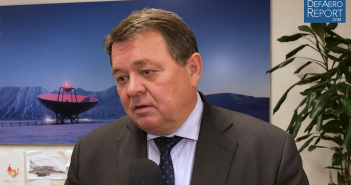

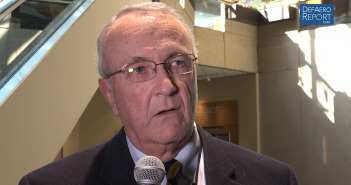
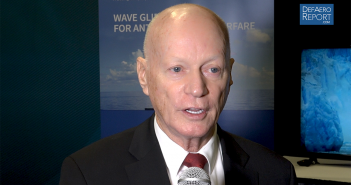
![Defense & Aerospace Business Report [November 6, 2017]](https://defaeroreport.com/wp-content/uploads/2017/10/PodcastTile-2-351x185.gif)
